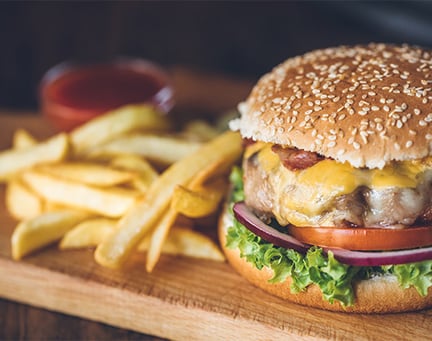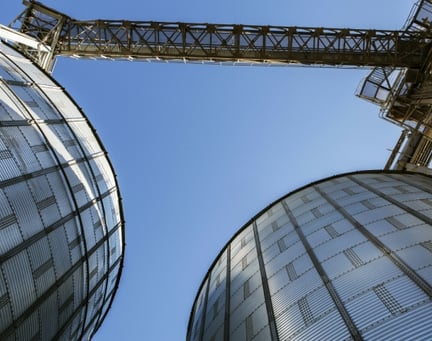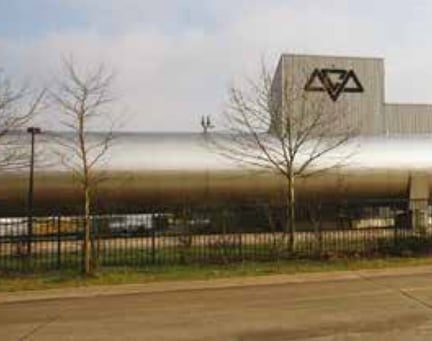Risk is inherent, and the food sector knows this as well as anybody.
Could culture be the secret ingredient?
If an organisation, and more specifically the people within an organisation don’t anticipate risk – and plan for it – how can they be sure they can keep their business operating?
We often hear the term ‘top down’, but in the case of building an agile business continuity model, it should be argued that taking a view from the bottom up is equally important. It might sound obvious but ensuring that everyone within an organisation understands what their role is in delivering safe food and why they operate the way that they do, enables people to question processes during times of disruption, rather than simply following procedure because that’s what they’re told to do.
This strongly aligns with the focus of the food industry on building a food safety culture and the importance of fostering accountability and responsibility throughout the organisation. We know that providing the right training is key to ensuring all areas of the business have complete clarity of the non-negotiables – those fundamentals that must not be compromised – as well as the organisation's risk appetite; assessing whether a deviation from established processes requires additional measures for risk control.
This should in turn mean that if your business does experience disruption, whether that’s supply chain issues, changes in your workforce, natural disasters, or even a cyber incident, your key business practices, processes, and plans are in place, but you also benefit from having people on the ground who feel empowered to ask the necessary questions that ensure there is no compromise to safety.
Is risk on your radar?
A key part of building a business continuity plan is really understanding the broad spectrum of risks to your business; the inter-relationships between these risks and how they will impact your operations. For example, you may have a small disruption to just one of your processes, but how does this impact other processes? What’s the ripple effect? Proactively building this insight into your plans will allow you to become more agile as a business. You’ll be able to move quickly and react to threats or changes, all while having a higher level of confidence that you are keeping the food you manufacture safe.
A business continuity plan should also have the scope to constantly evolve. As you experience disruptions, it’s important that you learn from the challenges, make considered changes to the way you work and validate the efficacy of the change whilst analysing the impact. If you use your business continuity plan as a framework to capture and evaluate all your learnings, it will allow your business to adapt and recover quickly from difficulties and become more resilient.
The changing landscape has put many businesses’ risk appetite under a microscope. Now more than ever businesses must use their continuity plans as a framework for capturing lessons learned and ensure that it provides a clear line of sight for emerging threats. Equally crucial, is that these plans are no longer viewed as a box ticking activity, and that they are in fact an – ever-evolving – fundamental part of how their business operates.







